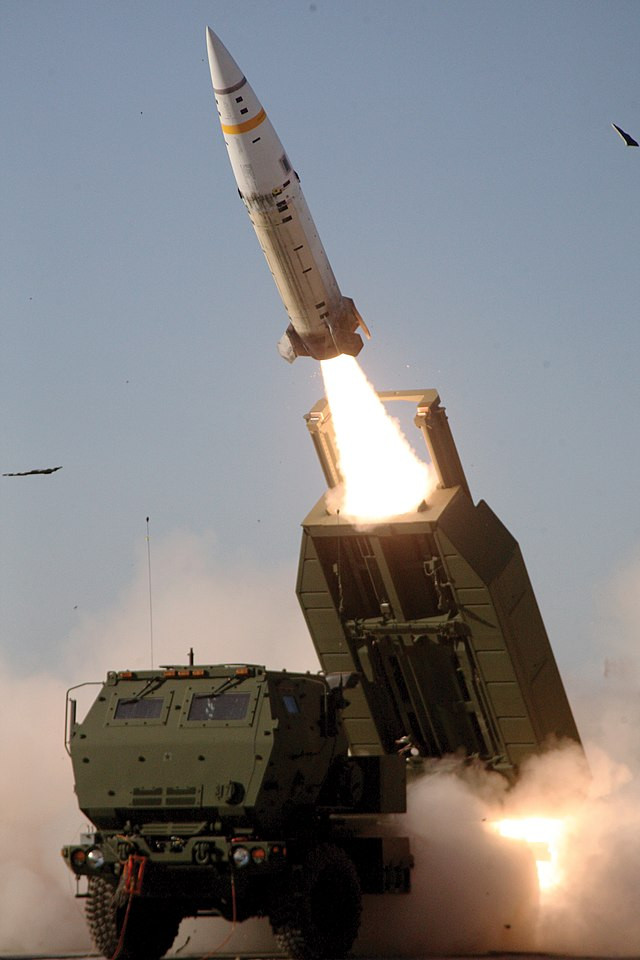The Biden administration is reportedly on the cusp of enhancing Ukraine's defense capabilities by supplying it with advanced long-range ballistic missiles, a move that could alter the dynamics of the conflict with Russia, especially in the contested Crimean Peninsula. This development emerges amidst ongoing deliberations in Washington, where political and fiscal hurdles cloud the future of U.S. military assistance to Ukraine.
According to U.S. officials familiar with the matter, the administration is inclined to provide Ukraine with the longer-range version of the Army Tactical Missile Systems (ATACMS), a decision that would enable Ukrainian forces to launch strikes deeper into territories held by Russia, as reported by NBC News. This consideration follows the previous supply of the older, medium-range ATACMS variants, marking a potential escalation in the type of military hardware the U.S. is willing to commit.
The push for such a strategic enhancement comes after persistent appeals from Ukrainian officials, including Foreign Minister Dmytro Kuleba, who underscored the critical need for long-range weaponry to counter Russian military operations effectively. "There is only one way to destroy Russian capabilities in Ukraine. It's to hit deep into the occupied territories, bypassing Russian radio-electronic warfare and interceptors," Kuleba emphasized, highlighting the tactical advantages of the long-range ATACMS.
However, the realization of this military aid package is entangled with the broader issue of U.S. funding for arms shipments to Ukraine. Recent political developments have seen a faction of pro-Trump Republicans conditioning their support for Ukraine's military aid on the Biden administration's concession to a series of GOP immigration and border security measures. This standoff has cast uncertainty over the Senate's recently passed $95 billion foreign aid package, which includes support for Ukraine, Israel, and Taiwan, and its prospects in the GOP-controlled House.
The Defense Department has voiced concerns over the limited inventory of ATACMS and the imperative to replenish U.S. stockpiles, suggesting that the provision of long-range missiles to Ukraine is contingent upon the approval of additional funding. "Without a supplemental [funding bill], we do not currently have a security assistance package to give to Ukraine," a Defense Department spokesperson stated, reflecting the fiscal constraints at play.
Amidst these funding uncertainties, the possibility of engaging NATO allies to supply the missiles to Ukraine and subsequently replenishing their stockpiles has been floated, indicating a collaborative approach to bolstering Ukraine's defense posture.
As these discussions unfold, the international community remains attentive to the implications of such a decision, not only for the Ukraine-Russia conflict but also for the broader geopolitical landscape. The potential delivery of long-range missiles to Ukraine represents not only a material boost to its military capabilities but also a symbolic gesture of unwavering support from the West, amidst a complex matrix of diplomatic, strategic, and fiscal considerations.






